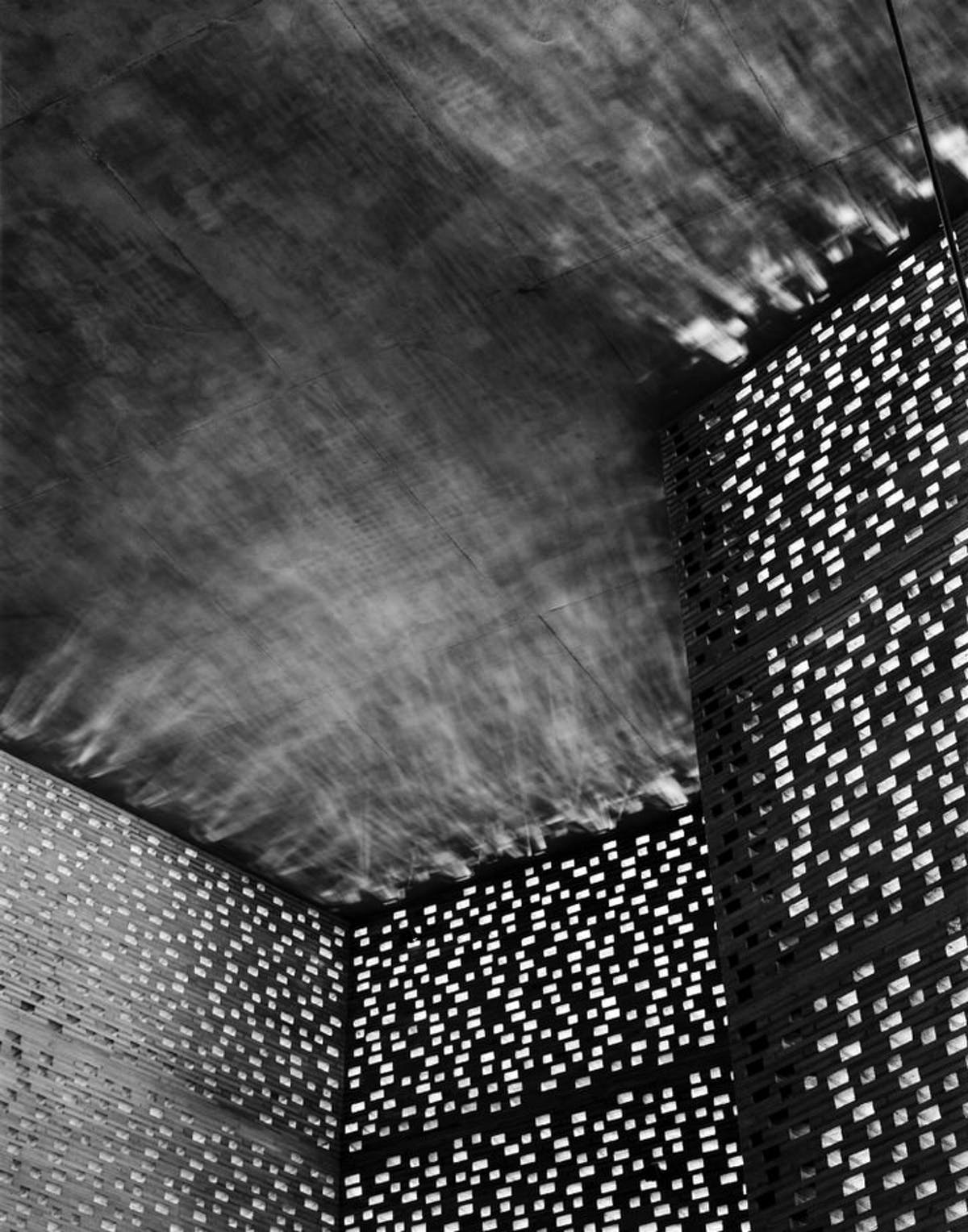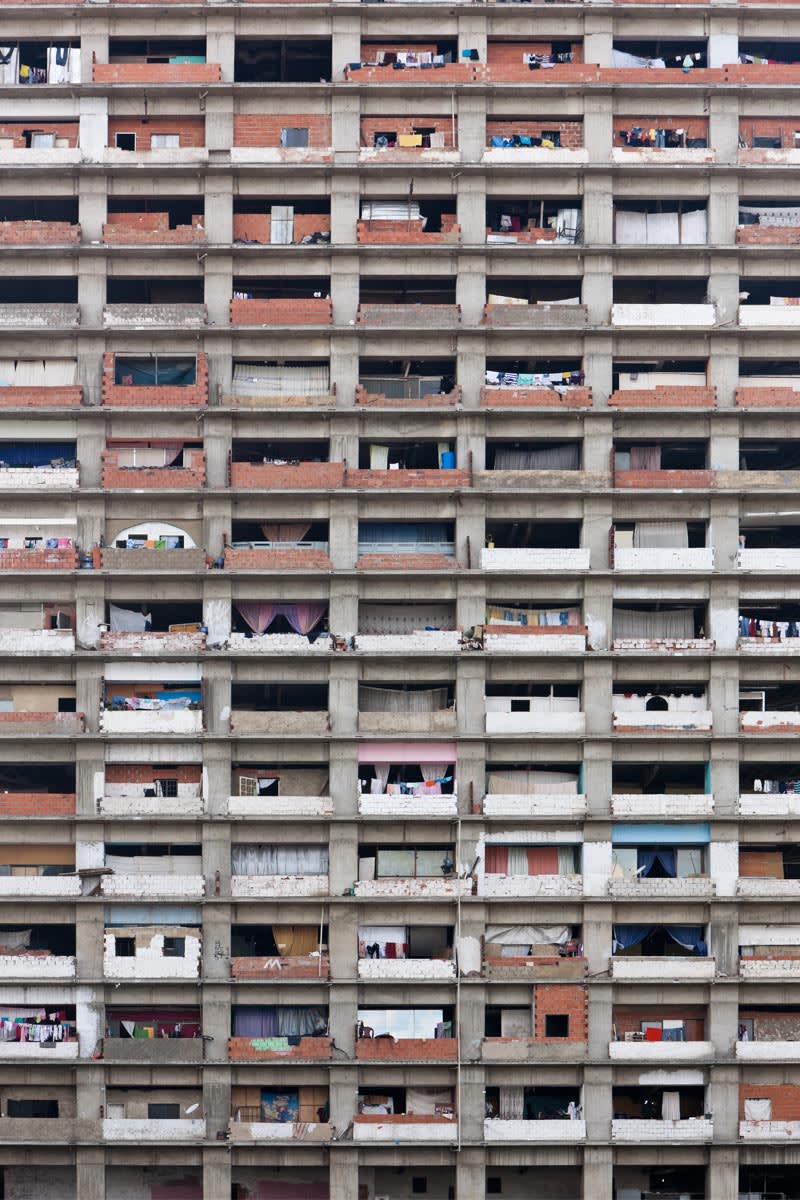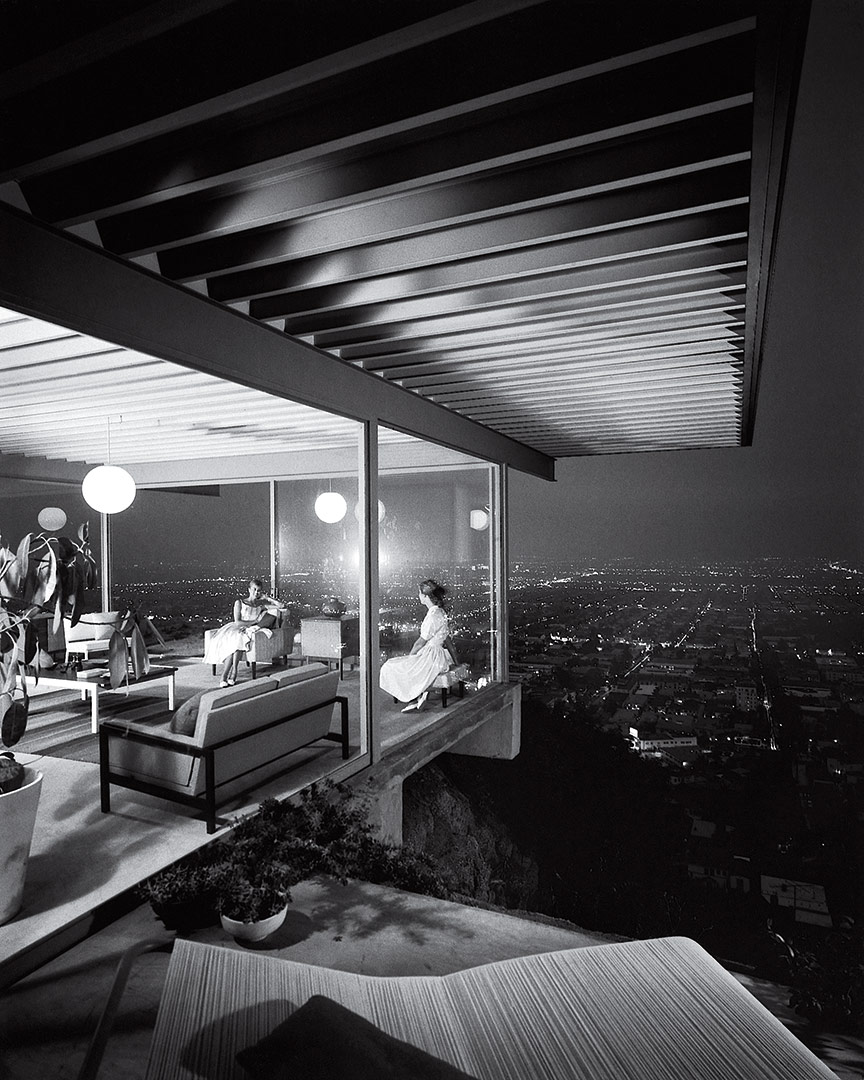Three JSI Photographers Recognized in 10 Photographs That Changed Architecture
Two Julius Shulman Institute Photography Awardees and Julius Shulman himself were included in Architizer Journal’s recent piece on 10 Photographs That Changed Architecture. Recognizing influential photographers, Architizer featured images that all had an impact on architecture to rethink the way we view our built environment. The featured photographs include work by Hélène Binet, Iwan Baan and Julius Shulman, each generating new ideas about the role photography plays in the profession.
The piece draws from photographs that span every stage of a building’s life, from construction, through occupancy, to demolition. A summary of the three images and their respective photographers is included below:
Koluma 01 (2007)
Photographer: Hélène Binet
Architect: Peter Zumthor

Binet’s images of Kolumba Museum in Cologne, Germany, sought to capture the understated power of Zumthor’s intervention, showcasing the subtle brilliance of both architect and photographer. Binet took a series of tightly cropped photos, each focusing on the interaction between structure and light. In this case, Zumthor’s unique Kolumba bricks form a magical composition that is an antidote for the endless walls of glass wrapping most modern museums.
How it changed architecture: Through this and many other photographs, Binet pushed light and shade to the forefront of architectural design. The photographer’s representation of Zumthor’s work illustrated the immense power of light to elevate the atmosphere of a space, influencing countless young architects in the process.
Torre David (2011)
Photographer Iwan Baan
Architect: Enrique Gómez

Torre David is an unfinished skyscraper in Caracas, Venezuela, which was occupied by thousands of squatters after construction was halted due to financial problems. This infamous ‘vertical slum’ came to symbolize the systemic failures of the Venezuelan government, but also illuminated the resilience of transient communities that created a life for themselves inside this looming edifice. Baan’s photo of the building’s exterior perfectly captures this, its patchwork of makeshift windows and balustrades hinting at activity within.
How it changed architecture: Baan’s images of Torre David showed the value of documenting accidental and imperfect architecture as well as the pristine structures we are accustomed to seeing. They told a story about a building and its inhabitants in a way rarely seen before. This series also won Iwan Baan global acclaim at the 2012 Venice Biennale — he is now arguably the world’s best known architectural photographer living today.
Case Study House no. 22 (1960)
Photographer: Julius Shulman
Architect: Pierre Koenig

Shulman’s photographs of the experimental “Case Study” houses in Los Angeles, California, are widely credited for bring modernism into the mainstream. This image of Pierre Koenig’s Stahl House is arguably the most iconic of them all, striking a perfect balance between the building’s bold, cantilevered exterior with a chic yet comfortable interior. Shulman’s use of models — complete with sophisticated cocktail dresses — helped to humanize modernism, while adding a touch of glamour synonymous with Hollywood.
How it changed architecture: Shulman’s photograph raised the bar for property marketing, proving that modern architecture could help sell the “American Dream” to consumers just as effectively as clapboard houses with white picket fences. TIME Magazine has called it “the most successful real estate image ever taken”.